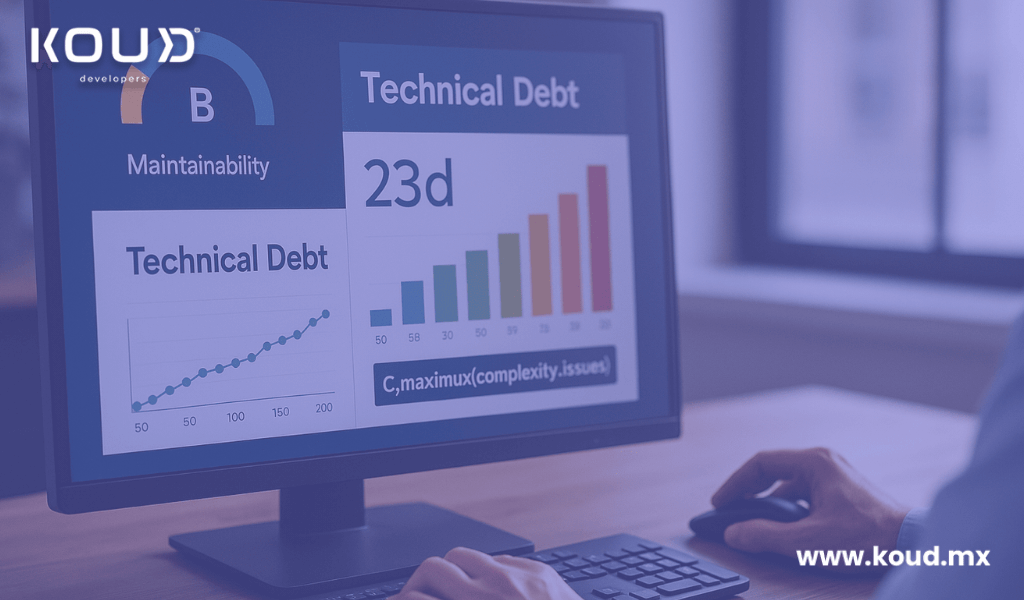What Is Technical Debt and How to Avoid It in Your Projects?
In software development, not every mistake shows up immediately. Sometimes, rushed technical decisions or “temporary” solutions generate a hidden cost that can grow over time. This invisible cost is known as technical debt, and if not properly managed, it can put the health of your digital product at risk.
In this article, we explain what technical debt is, why it occurs, and how you can prevent it to ensure more stable, scalable, and sustainable projects.
What is technical debt?
Technical debt is a metaphor describing the long-term cost of taking technical shortcuts or implementing quick solutions that do not follow good development practices.
These decisions allow you to move faster initially but generate “interest” in the form of bugs, hard-to-maintain code, increased complexity, and slower development times in the future.
Common example:
A team releases an app without automated testing to meet a deadline. The product launches quickly, but after a few months, fixing bugs becomes slower and more expensive because there is no coverage or documentation.
Common causes of technical debt
- Too tight deadlines
- Frequent requirement changes
- Lack of documentation or testing
- Reusing code without analysis
- Lack of experience or technical supervision
- Postponing refactoring or architecture review
Types of technical debt
1. Intentional debt:
When quality is consciously compromised for time, with plans to fix it later.
2. Unintentional debt:
Generated by lack of technical knowledge or bad decisions made unknowingly.
3. Evolutionary debt:
The system was well-built, but over time business changes make the code obsolete or misaligned.
Risks of ignoring technical debt
- Increased maintenance costs
- Higher chance of production errors
- Difficulty scaling new features
- Developer frustration
- Reduced product quality and user experience
How to avoid or reduce technical debt
1. Plan time for quality:
Include time in each sprint for refactoring, documentation, and testing. This is not an “extra,” it’s part of responsible development.
2. Use code reviews:
Peer code reviews help detect bad practices or unnecessary complexity before production.
3. Document technical decisions:
Keeping a record of why certain technical paths were taken helps understand when to revisit them.
4. Implement automated tests:
The easier it is to detect errors, the better control you have over code quality and evolution.
5. Measure and visualize technical debt:
Tools like SonarQube or CodeClimate can quantify and monitor code quality.
6. Build teams with a product focus:
It’s not just about “delivering fast,” but building sustainable solutions. Aligning the team with this mindset is key.
Empresa
- Nosotros somos
Somos una empresa mexicana con más de 12 años de trayectoria en la industria
Servicios
- Desarrollo de Software a la medida
- Staffing TI
- Headhunting TI
Contacto
- +52 1 33 2342 9770
- letskoud@qa.koud.mx
- Av. Patria 2085 int. 175 piso 1 puerta de hierro Zapopan Ja. 45116

